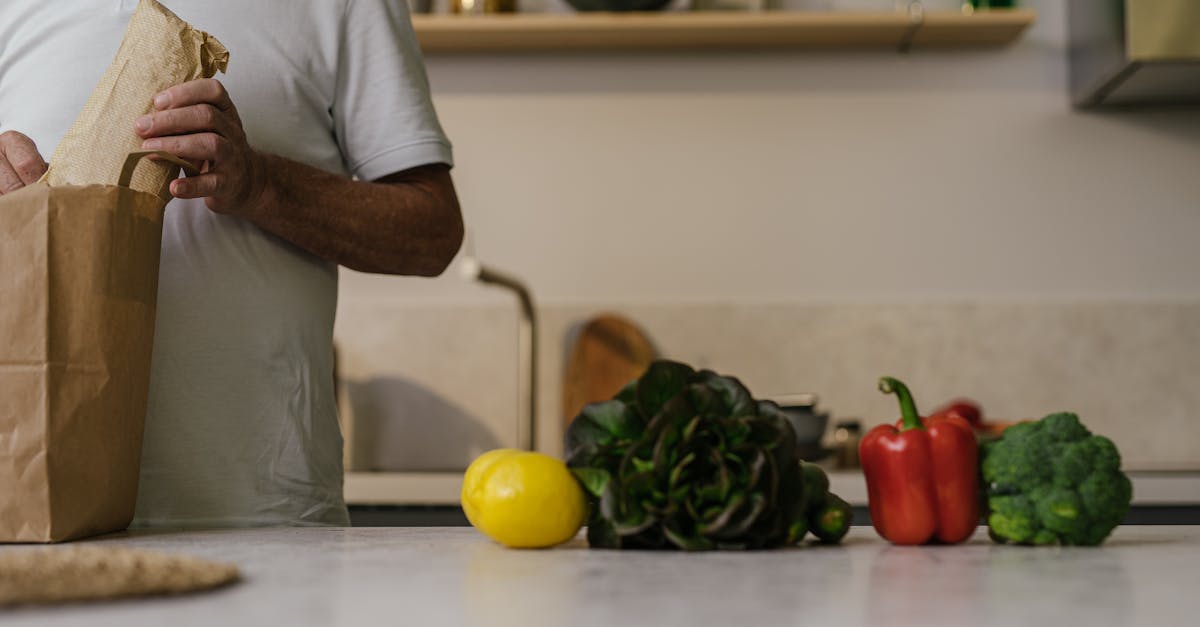Are you curious about the impact of pH levels on the vegetables we grow? Understanding the pH levels of soil and how they affect our crops is critical for successful gardening.
In this text, we’ll study into the significance of pH levels for vegetables, exploring how they influence plant growth and and so yield.
Let’s scrutinize the secrets behind achieving optimal pH levels to nurture thriving vegetable gardens.
Key Takeaways
- pH Levels Importance: Understanding the significance of pH levels for vegetables is crucial for successful gardening, affecting nutrient availability and plant health.
- Soil pH Adjustment: pH levels can be adjusted using lime to raise pH or sulfur to lower it, based on specific vegetable types and soil pH.
- Impact on Plant Growth: Proper pH levels are essential for nutrient absorption, soil structure, and microbial activity, influencing plant growth and disease resistance.
- Yield Enhancement: Maintaining optimal pH levels can maximize yields by promoting nutrient absorption and healthy plant growth.
- Achieving Balance: Regular soil testing and pH monitoring, along with appropriate amendments, are essential for creating an optimal environment for vegetable gardens to thrive.

Importance of pH Levels for Vegetables
Understanding the pH levels of our soil is critical for the success of our vegetable garden. pH affects nutrient availability, soil structure, and and so plant health. If the pH is off, our veggies may struggle to grow properly. Most vegetables prefer a pH level between 6.0 and 7.0. It’s important to test our soil regularly to ensure it’s within the optimal range.
A low pH can lead to nutrient deficiencies, while a high pH can cause nutrient lockup. We might have beautiful plants, but they could be struggling to thrive due to pH imbalance.
We can adjust pH levels with amendments like lime to raise the pH or sulfur to lower it. Gardening experts recommend specific adjustments based on the vegetable type and current pH of the soil.
For more information on soil pH and vegetable gardening, check out the University of California Agriculture and Natural Resources website for detailed guides and resources.
Understanding Soil pH Levels
When it comes to vegetable gardening, understanding soil pH levels is key. pH ranges from 0 to 14, with 7 being neutral. Most vegetables prefer a slightly acidic soil pH between 6.0 and 7.0. Soil pH affects nutrient availability, soil structure, and plant health. Regular soil testing is critical to maintain the optimal pH for your veggies. Imbalance can hinder plant growth and lead to nutrient deficiencies. You can adjust pH by adding lime to raise it or sulfur to lower it, depending on your current levels. For further guidance, check out the University of California Agriculture and Natural Resources website on soil pH and vegetable gardening.

Effects of pH Levels on Plant Growth
When it comes to vegetable gardening, paying attention to soil pH levels is critical for successful plant growth. pH impacts how nutrients are absorbed by plants. It affects soil structure and microbial activity important for healthy plants.
Vegetables have different preferences for pH ranges, so maintaining the right level can boost yields. A balanced pH level helps minimize nutrient deficiencies, leading to stronger plants with higher resistance to diseases.
pH levels that are too high or low can stunt growth and cause nutrient lock-up. By periodically testing soil pH and adjusting it with amendments, we can create an optimal environment for our vegetable garden to thrive.
For further guidance on soil pH and vegetable gardening, visit the University of California Agriculture and Natural Resources website.
Improving Yield with Proper pH Levels
Maintaining optimal pH levels in our vegetable garden is critical for maximizing yields. When the soil pH is right, plants can efficiently absorb nutrients, promoting healthy growth and stronger resistance to diseases. Adjusting pH with the right amendments can help us achieve a balanced environment for our vegetables to thrive. By ensuring the soil pH is in the ideal range, we can significantly improve crop production and the and so health of our garden.
For further insights on enhancing yield through proper pH management, we recommend visiting the University of California Agriculture and Natural Resources website for valuable resources and guidance.

Secrets to Achieving Optimal pH Levels for Vegetable Gardens
Maintaining the right pH levels in our vegetable gardens is critical for healthy plant growth. Soil testing is our first step to understanding the current pH status. It allows us to determine if amendments are needed. Lime is commonly used to raise pH, while sulfur is used to lower it, ensuring our plants get what they need. It’s important to monitor pH regularly to make timely adjustments. For reliable information on specific amendments, visit the University of California Agriculture and Natural Resources website. pH balance is key to a thriving vegetable garden.
